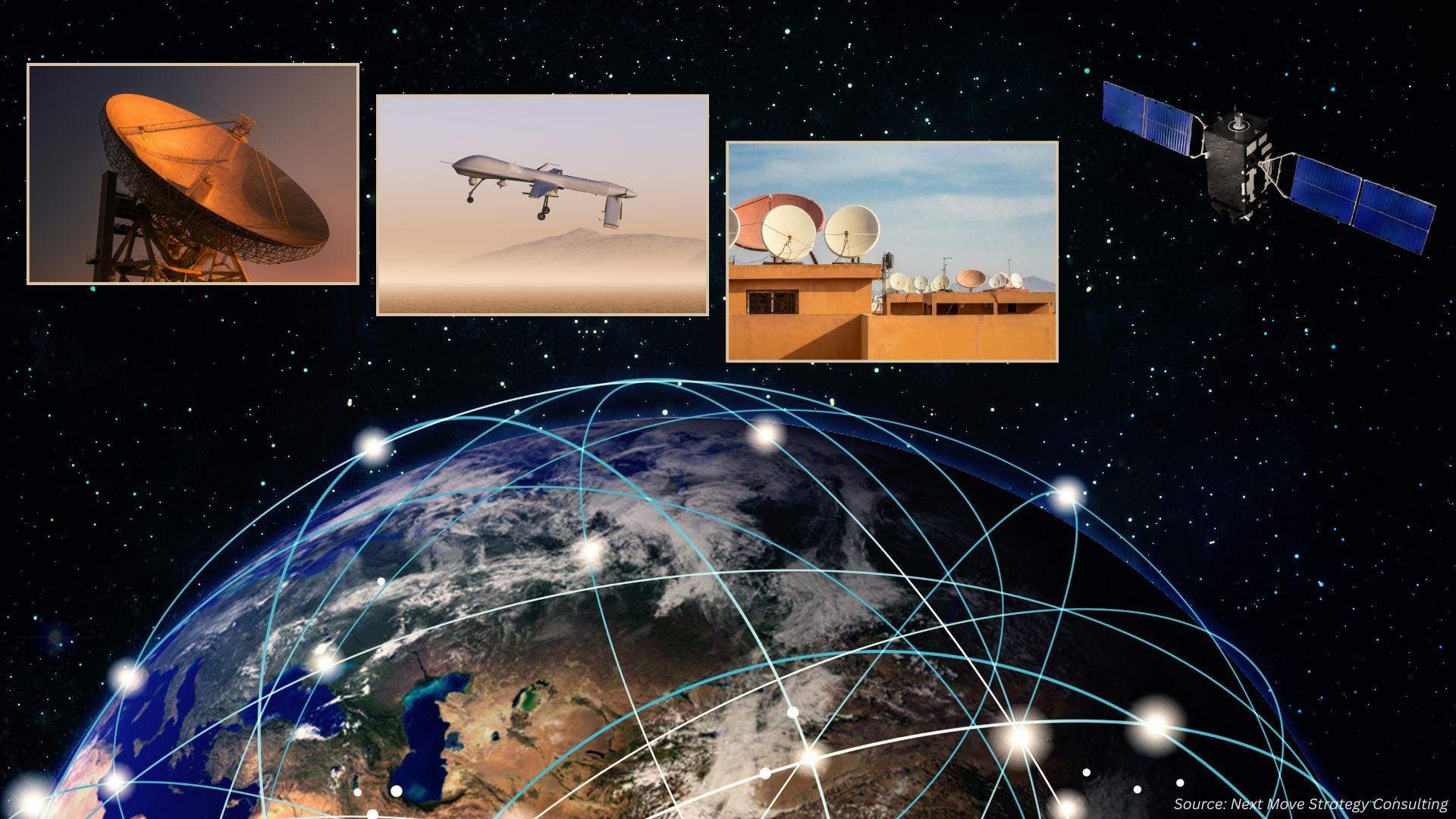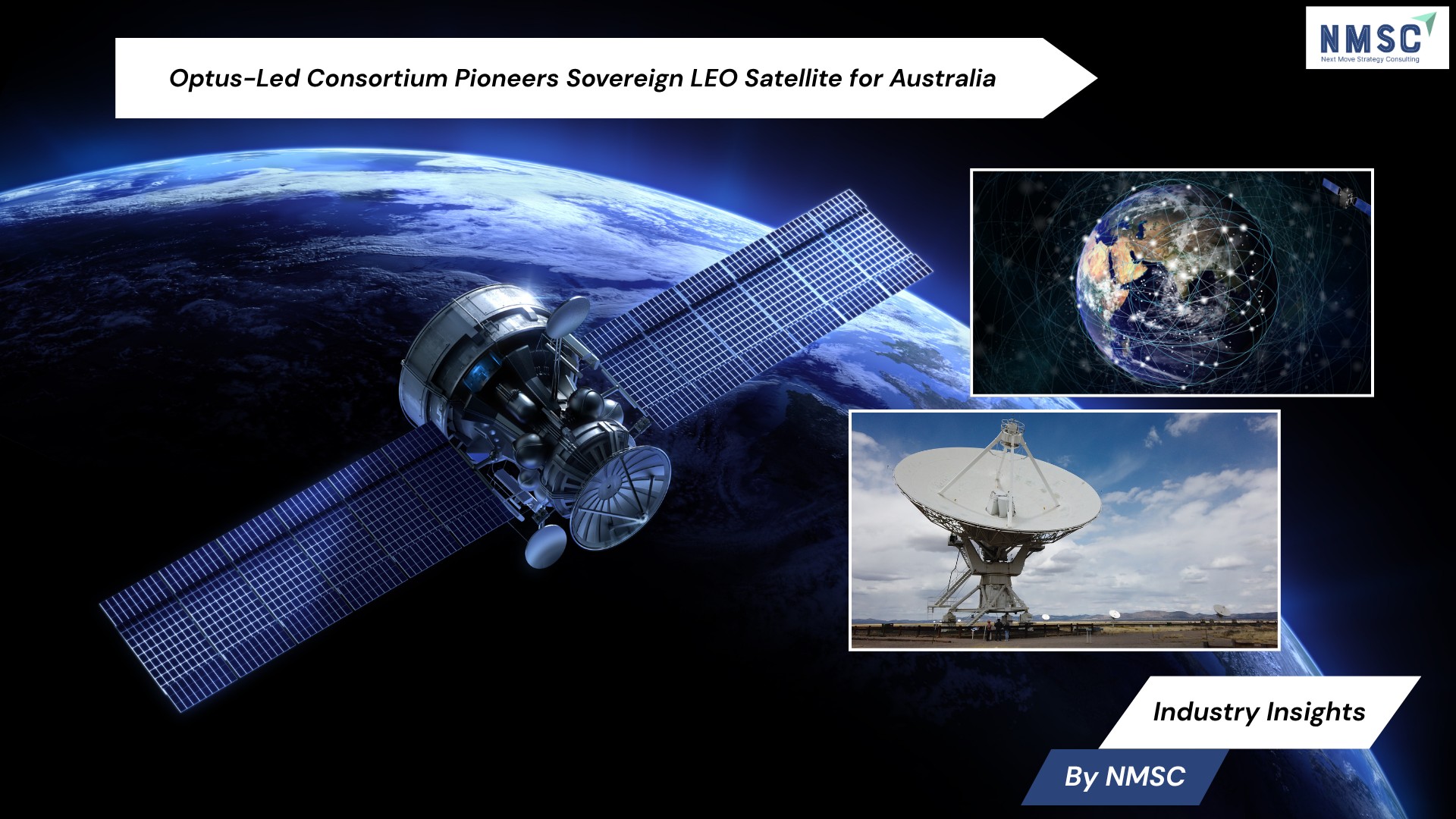Space Robotics Market is Expected to Reach 7.11 billion by 2030
Published: 2025-02-25
The growing space industry globally, rising investment and initiatives by the government for the development of space sector worldwide, and increasing demand for satellite maintenance and life-extension robots is driving the growth of the Space Robotics Market.
The global Space Robotics Market size was valued at USD 3.40 billion in 2023, and is predicted to reach USD 7.11 billion by 2030, with a CAGR of 10.2% from 2024 to 2030.
The expanding global space industry is increasing the demand for advanced robotics crucial for space exploration and satellite deployments in both deep space and low Earth orbit. Space robots play a vital role in conducting missions such as spacecraft maintenance, satellite deployment, assisting in complex operations, and potentially extracting resources.
They enhance human capabilities in space, supporting scientific research, technological advancement, and sustainable utilization of space resources. According to a recent report by the World Economic Forum, the global space economy is expected to reach USD 1.8 trillion by 2035, growing annually at a rate of 9%.
This growth is driving significant expansion in the space robotics market, shaping the future of space exploration and technology. Moreover, the increasing participation from the private sector space agencies, driven by the rising number of favorable policies by the government of numerous countries are further driving the growth of the market.
Space agencies such as NASA, ESA, and Roscosmos are making significant investments in space exploration, including future missions to Mars, the Moon, and other extra-terrestrial objects. These missions require advanced robotics for tasks such as landing, exploration, and sample collection.
For instance, VIPER (Volatiles Investigating Polar Exploration Rover), under NASA's Commercial Lunar Payload Services initiative, is expected to reach the lunar surface by the end of 2024. During its 100-day mission, VIPER is anticipated to travel across various lunar landscapes, including crater rims and perpetually shadowed craters, to gather samples from different types of lunar soils and environments.
Moreover, companies such as SpaceX and Blue Origin are entering the space exploration sector, further driving the demand for robotic solutions to support their missions. This collaboration between public and private sectors significantly enhances the capabilities and reach of space robotics.
However, the space robotics market growth is hindered by the high costs involved in designing, engineering, and deploying complex systems. These expenses include rigorous testing and research, which pose significant barriers for smaller companies and startups with limited resources. Because of these financial demands, it's difficult for these entities to bring new, innovative solutions to market, which limits their ability to compete effectively.
On the contrary, the integrating artificial intelligence (AI) into space robots offers a promising opportunity for the market. AI technologies boost the autonomy and decision-making abilities of space robots, enabling them to adjust to changing conditions and perform tasks more efficiently and precisely.
This development can revolutionize space exploration by allowing robots to navigate on their own, analyze data, and carry out missions with minimal human involvement. As AI progresses, its integration into space robots is expected to unlock new capabilities and drive innovation in the space robotics sector.
Request a Sample PDF on the Space Robotics Market
According to the report, the key players operating in the space robotics industry include Northrop Grumman Corporation, Oceaneering International, Inc., Maxar Technologies, Airbus SE, Intuitive Machines LLC, Voyager Space Holdings, Blue Origin, GITAI, Astrobotic Technology Inc., and Motiv Space Systems, Inc. among others. These companies are adopting various strategies such as product launches, partnerships, and collaborations to remain dominant in the space robotics market.
For instance, in April 2024, Astrobotic Technology announced the launch of two rovers: the mini rover and NASA's VIPER. This mission aims to explore the Moon's south pole for water as part of NASA's CLPS program. This launch marks a significant step toward sustainable lunar exploration.
Moreover, in January 2024, Voyager Space teamed up with Airbus Defence and Space to develop the Starlab commercial space station. This partnership aims to position Starlab as a key player in the future of space operations and research. They plan to secure contracts with NASA, the European Space Agency (ESA), and other potential clients as the International Space Station (ISS) transitions to using commercial platforms.
Furthermore, in January 2024, GITAI launched its 1.5-meter-long autonomous dual robotic arm system (S2) to the International Space Station (ISS) aboard the SpaceX Falcon 9 rocket (NG-20). This system aims to improve ISS operations through autonomous manipulation and maintenance in microgravity. This launch highlights GITAI's commitment to advancing space robotics and expanding the potential for autonomous space missions.
Key Insights from the Space Robotics Market Report:
-
The information related to key drivers, restraints, and opportunities and their impact on the space robotics market trends is provided in the report.
-
The value chain analysis in the market study provides a clear picture of the roles of each stakeholder.
-
The report provides an analysis of the space robotics market share and competitive landscape of key players in the industry.















Add Comment